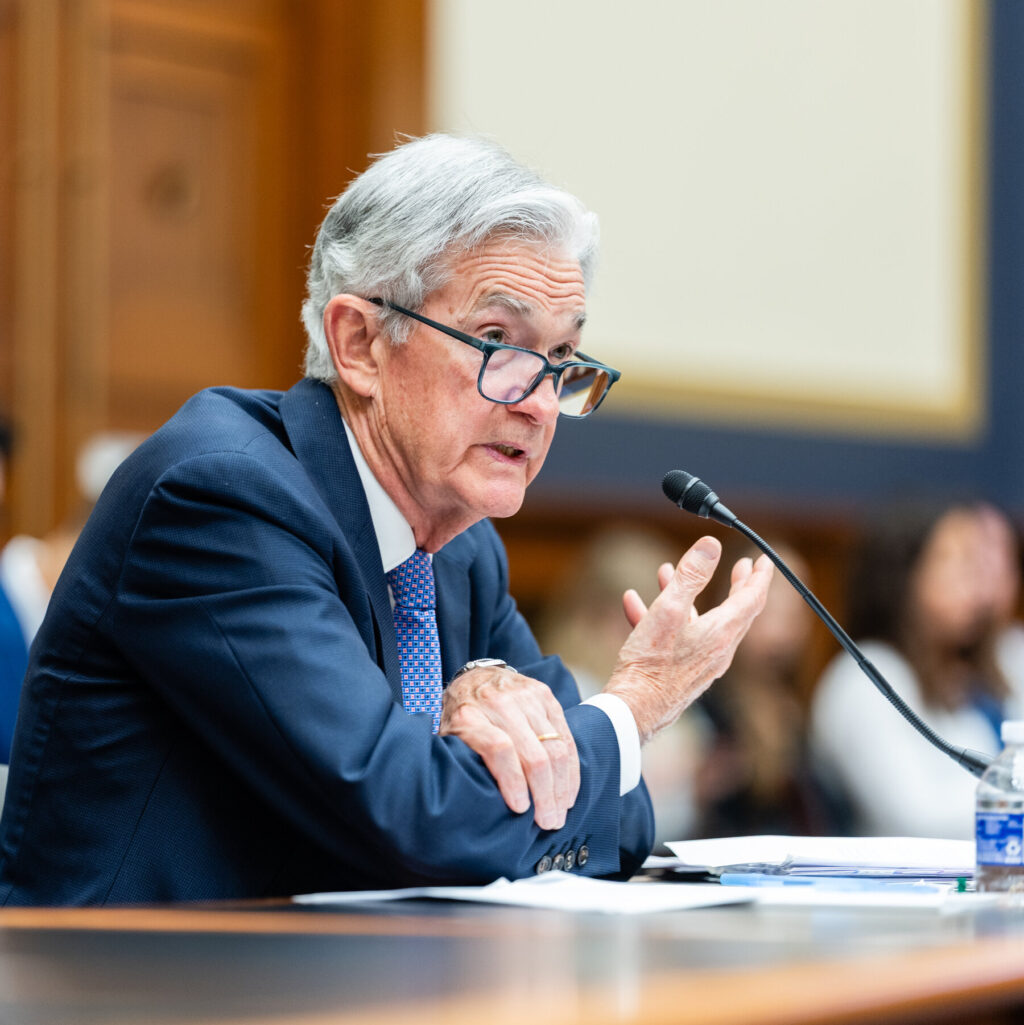Jerome H. Powell, the chair of the Federal Reserve, stood firm on Tuesday in defending the central bank’s cautious approach to interest rate cuts, amidst mounting pressure from President Trump. Speaking at the European Central Bank’s annual conference in Sintra, Portugal, Powell emphasized that any decisions would be data-driven, resisting calls to hasten policy changes as seen in other global central banks.
Powell refrained from providing specific timelines for potential rate cuts, stating that most members of the Federal Open Market Committee (FOMC) anticipate adjustments sometime this year. “We are going meeting by meeting,” Powell remarked. “I wouldn’t take any meeting off the table or put it directly on the table. It’s going to depend how the data evolve.”
Global Divergence in Monetary Policy
This year has seen a divergence in the pace and scale of interest rate cuts among central banks worldwide, largely due to a slowdown in global inflation. Top policymakers, gathered in Portugal for a panel discussion, highlighted the extreme uncertainty clouding the economic outlook, exacerbated by President Trump’s policies.
Christine Lagarde, president of the European Central Bank, noted the geopolitical tensions contributing to inflationary risks. “We are facing geopolitical developments that are worrying generally, but that also are causing two sides of risk to inflation,” she stated. “So we have to continue to be extremely vigilant.”
Challenges in Economic Forecasting
Policymakers are grappling with an increasingly unpredictable global environment, complicating efforts to forecast inflation and set interest rates. A major source of this unpredictability is the uncertainty surrounding President Trump’s trade policies, particularly tariffs, which have the potential to disrupt global supply chains significantly.
According to economic analysts, the ripple effects of these tariffs could lead to shifts in production and pricing strategies worldwide, further complicating the inflationary landscape. This unpredictability places central banks in a precarious position as they strive to balance domestic economic needs with global economic conditions.
Historical Context and Expert Opinions
The current scenario is reminiscent of past periods of economic uncertainty, such as the financial crisis of 2008, when central banks were forced to adopt unconventional monetary policies. However, experts caution that the present geopolitical climate adds a layer of complexity not seen in previous downturns.
Economist Jane Doe from the International Monetary Fund commented, “The interplay between geopolitical tensions and economic policy is unprecedented. Central banks must navigate these waters carefully to avoid unintended consequences.”
By the Numbers: According to a recent survey, 70% of economists believe that the Fed will implement at least one rate cut by the end of the year, reflecting growing consensus on the need for monetary easing.
Looking Ahead
As the Federal Reserve continues its cautious approach, the global economic community will be closely watching for signals of future policy shifts. The next FOMC meeting will be scrutinized for any indications of changes in the Fed’s stance.
Meanwhile, the economic implications of ongoing trade tensions and geopolitical developments remain a focal point for policymakers worldwide. The ability of central banks to adapt to these challenges will be crucial in steering the global economy through uncertain times.
In conclusion, Powell’s stance underscores a commitment to data-driven policy, reflecting the complexities of the current economic landscape. As the world watches, the Federal Reserve’s decisions will undoubtedly play a pivotal role in shaping the economic future.
